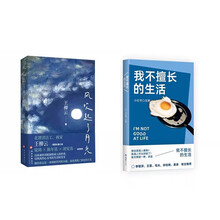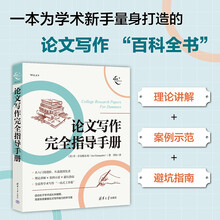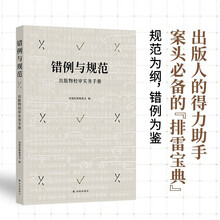“精密阶”(delicacy,也叫“精密度阶、精度”)是用来说明语法描写的细致精确程度。它是“决定描写结构、类别和系统详细程度的一个阶”。(同上:235页)它是一个连续体,其极限的一端是结构和类范畴的基本等级,另一端是对该等级不能再作进一步区分的语法关系。这就是说,从选择最一般的系统进入最具体的系统。“精密阶”适用于“级阶”的所有单位。
注意scale还有“量表、梯级、等级”的意思。统计语言学和语言测试学说的“量表”表示“通过度量产生的量化等级或类型”(同上:735页,另见Richards et a1.2000:403),在语用学里指“霍恩梯级/等级”(Horn’S scale)。
Halliday divides language into four grammatical categories-unit,structure,class,and system.These four‘categories’are interrelated,SO the expounding of each depends on the definition ofthe others.
‘Unit’refers to the language entity which has grammatical mode.There is a hierarchy in language‘unit’.in which the relation between one‘unit’to another is represented by the configuration from the highest(1argest)to the lowest fsmallest).Every‘unit’involves one or more lower-level‘units’.For instance:in English,‘units’involve sentence,clause,word phrase,word and morpheme.
‘Structure’refers to grammatical‘categories’used to indicate the similarities in a series of events.Every‘unit’of‘structure’consists of one or more(multiple)lower-level‘units’.the lowest having no‘structure’‘Structure’can be represented by linearity of signs.For example:as far as English clause structure is concemed,there are subject,predicate,complement and adjunct-the composition of those elements being SP,SPA,SPC,SPCC,SPCA,to name but a few.
Classis a grammatical level of words or word unit identified by the function(s)ofunitelements in the‘structure’of higher.1evel‘units’.For instance:an English phrase can be a verb phrase.a noun phrase or an adjective phrase.‘Class’and‘structure’always presuppose each other:‘class’is always defined by reference to higher-level‘structure’.and‘structure’.by reference to lower-level‘class’.
‘System’is a network containing a group of features,which Hallidayan grammarians use to indicate why one item rather than another is selected in a series of similar items.Grammatical elements entering a‘structure’are not items themselves but the entire‘class system’.While some elements are needed’in,a‘structure’,they are chosen for the‘class system’.Every item in a‘class system’repels all others in。the choosing process.That is to say,when one item is chosen others lose out,and one can never find two items in a‘class system’in the same one‘structure’.
Halliday把语言分为“单位(unit)、结构(structure)、类别(class)、系统(system)”4个语法“范畴”。这4个“范畴”之间相互关联,一个“范畴”的阐释依赖于另一个“范畴”的定义。
“单位”指具有语法模式的语段。语言单位形成一个层级体系(hierarchy),单位之间的关系呈现为从最高(最大)到最低(最小)的分布,每个单位都包含一个或一个以上的下~级单位。例如:英语中的“单位”就是句子、分句、词组、词和词素。须说明一点,语言学的其他方面的语言分析都可以使用“单位”这一概念。如语义层的基本“单位”是义素(sememe/seme,或叫“义子”),“字位学”(graphemics)的基本单位是段落、语句、单词、字素(grapheme,也叫“字位”)。
展开










